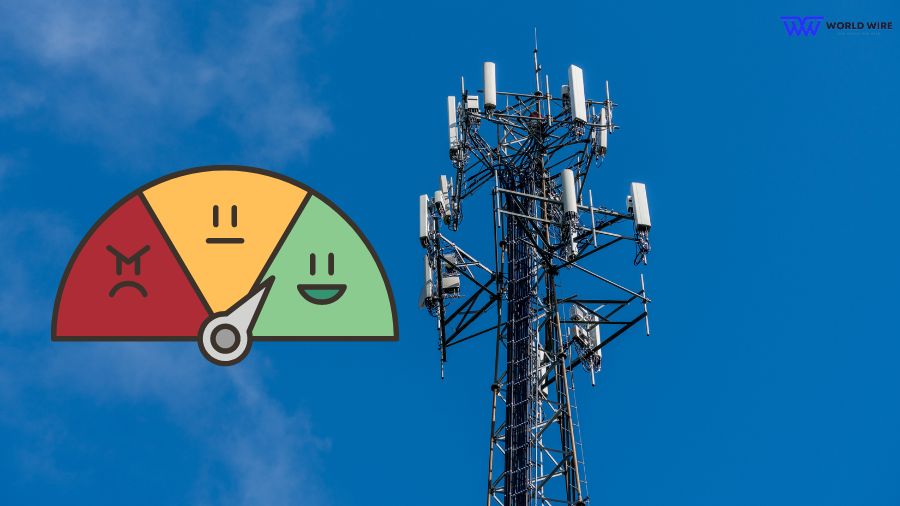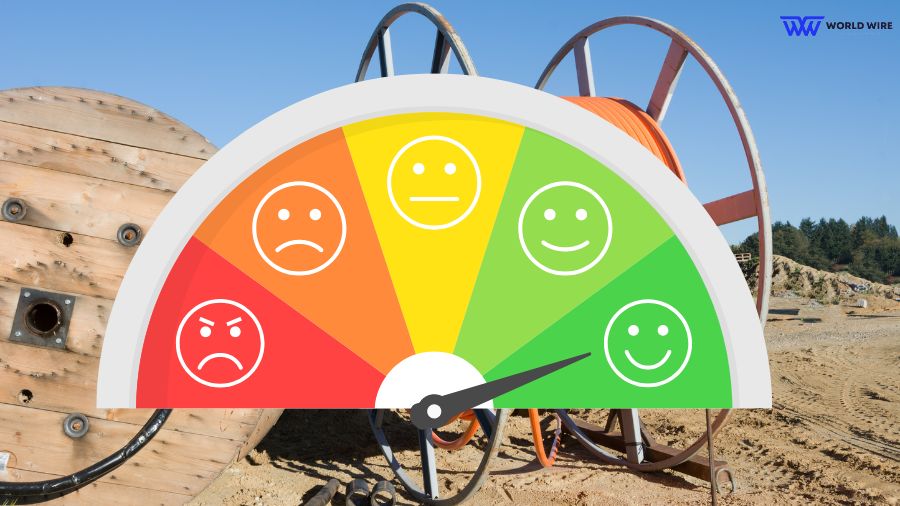In recent findings, consumer satisfaction with broadband and online streaming services has seen a significant uptick, with a staggering 85% expressing satisfaction with their broadband services and 84% with their online streaming platforms.
This surge in satisfaction coincides with a notable increase in the perceived quality of content, with 60% of users deeming the content offered by these services to be of high quality.
A March survey of 4,400 regular adult users shed light on the evolving landscape of media consumption habits.
The data revealed that the vast majority of users were subscribed to at least two or three streaming services, underscoring the growing prominence of these platforms in households across the nation.
Currently, Netflix tops the chart followed by Amazon Prime Video, Hulu, Paramount+, Peacock, Disney Plus, and HBO Max.
The demand for these platforms lies not only in their extensive content libraries but also in the convenience they offer.
80% of users cite their primary reason for streaming as the desire to watch movies, documentaries, or TV shows.
Notably, a report by NCTA and Morning Consult highlighted that nearly half of consumers are engaging in consistent streaming activities, with an additional 40% reporting an increase in their streaming habits.

The sports content emerged as a particularly influential factor, with 60% of users expressing interest in sports-related programming.
Among this demographic, preferences varied, with casual fans preferring individual team, game, or league purchases, while avid fans, typically of higher income brackets, favored bundled channel subscriptions at a time.
Commenting on these trends, NCTA remarked, “The way Americans consume media has transformed over the last decade, with the streaming revolution made possible by decades of investment in broadband infrastructure.”
The symbiotic relationship between robust broadband networks and the streaming ecosystem directly impacts reliable internet connectivity on innovation and media consumption patterns.
Further research conducted by Hub Entertainment Research revealed that a staggering 85% of subscribers expressed satisfaction with their internet service, affirming that their needs were being met.
The rise in the adoption of smart TV technology has also been noted, with Park Associates reporting a 4% increase in smart TV usage from 2023 to 2024, reaching 55% of households.
Additionally, the prevalence of smart home devices has been noticed, with a 4% increase observed in 2024 alone, signaling a growing reliance on interconnected digital solutions.
The growing trends significantly highlight the interconnected nature of digital entertainment, smart home technology, and broadband services.
As smart home devices become more prevalent and internet usage continues to rise, the landscape of home entertainment and connectivity is poised for further transformation.
For more tech-related news, Follow ReliefWatch.







Add Comment